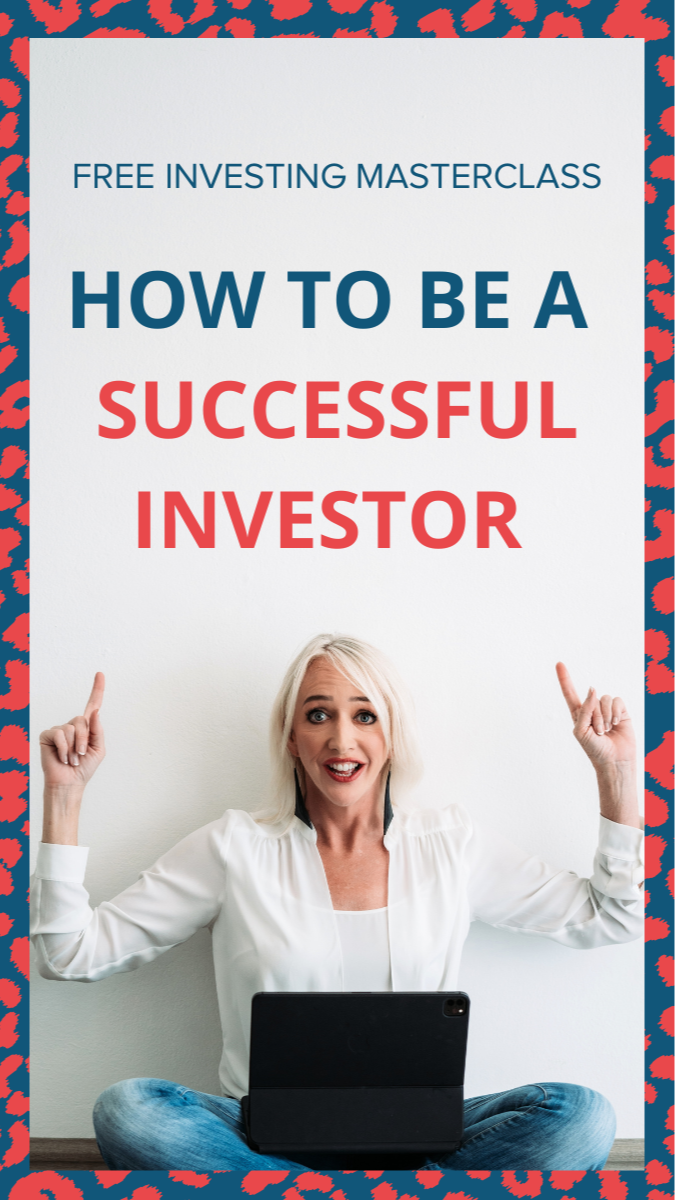
KISS - Keep It Simple And Sexy
Investing in the Stock Market isn’t difficult or complicated, but like so many things in life we can make it so. I have found that the most successful strategies are usually the simplest. Why? Because:
- They are easy to implement;
- They are easy to keep going;
- They are easy to automate;
- They require minimal effort and time to maintain;
- They are easy to understand and monitor;
- They let me get on with my life.
Damn – my secret is out. I am fundamentally lazy!
I like easy.
Perhaps it’s because there are so many other things I want to be doing with my one precious life.
Whatever the reason – letting wealth creation be easy works.
After years of believing complex must mean higher returns and trying countless different strategies and methods I have realised that the most successful stock market investing strategy I have ever implemented is in fact the simplest and I now use it for 80% of my stock market investing.
Here it is:
Step 1
Invest a fixed amount of money every month into a stock market index tracking fund via an online investment platform.
To do this, simply set up an Automatic Investment Plan (AIP) where money is withdrawn automatically and regularly from your bank account and invested in a stock market-based fund on your behalf.
Step 2
Reinvest any investment returns by selecting an accumulation fund option which means any dividends are automatically reinvested.
Step 3
Leave it alone to grow.
Step 4
Once a year, increase your monthly contribution, either in the same index tracking fund or in a new index tracking fund, in order to build up a portfolio of funds.
Step 5
Leave it alone to grow.
That’s it. I told you it was easy!
So, what should you buy?
I recommend you start your invest in a unit trust or Exchange Traded Fund (ETF) Index tracker.
The objective of your Automatic Investment Plan is to keep it simple. This means low investment costs, very little management required from you, and risk kept at a minimum.
When you buy a unit trust or an Exchange Traded Fund, you’re actually buying a piece of a whole basket of shares. You don’t have to select the individual shares, and your investment is spread across all the shares in the fund you buy, which automatically diversifies your investment. In other words, the risk of your investment going down due to one individual share going down, is diluted significantly.
I also recommend that you invest in an Index Tracker fund.
Why an Index Tracker?
Back to my investing hero, Mr Buffett: the best advice Buffett has for small investors is to put their money into an Index Tracker Fund because of its broad diversification and low costs. To quote:
“A very low-cost index is going to beat a majority of the amateur-managed
money and professionally-managed money funds.”
The Index Tracker
As investors, there are only two things which we can control:
- the fees we pay,
- the assets we invest in.
An index tracker is a low-cost, simple investment fund that mimics the performance of the stock market. In order to understand how it works, it’s useful to know a little about stock market indexes: an index is a method of tracking how well a stock market, or a particular sector of it, is performing. It enables investors to assess how well they’re doing, by comparing their own performance against it. They can see if they’re out-performing (doing better than the index) or under-performing (doing worse).
Each index is made up of many different companies. When you hear on the news that “The Dow Jones is down 100 points” or the “Footsie has risen 50 points today”, the news anchor is referring to the stock market indexes of the New York Stock Exchange and the London Stock Exchange, respectively. But what does a rise of 50 points actually mean?
Say the index rises by 50 points from 5,000 to 5,050, or 1%. This means that the value that the stock market is placing on all of the companies within that exchange index, has gone up by 1%.
The price of each company is determined by the buying and selling of its shares on that specific day. There are literally hundreds of different indexes across the world. As well as tracking the markets of whole countries, there are also indexes which track individual industries or sectors, such as retail, industrial or property or large geographical regions such as Europe, Africa or the Far East.
In the US, the main indexes are the Dow Jones Industrial Average (the Dow), the Standard & Poor’s and the Nasdaq (where most technology shares are listed). In the UK, it’s the FTSE which tracks the performance of the largest companies listed on the London Stock Exchange, and in Australia the main index is the ASX: the Australian Stock Exchange. Others indexes you’ll come across include the Nikkei (Japan), the Hang Seng (Hong Kong), the Dax (Germany), the CAC (France) and, the JSE (South Africa).
An index tracker is a fund that holds shares in the same proportion as a specific index. So, a FTSE 100 tracker, for instance, attempts to mimic the performance of the 100 largest companies listed on the London Stock Exchange. When the components of an index change, the index tracker will adjust its holdings accordingly. An index tracker, therefore, differs from most other funds – collectively referred to as ‘Managed Funds’ – where it’s the fund manager who decides when and which companies are bought and sold.
There are three simple choices to make in selecting your index tracking investment.
- Which index it tracks.
- What type of fund it is: Unit trust or ETF.
- The charges.
Which Index?
I suggest that you start with the primary index for the country you live in. From there, you can add trackers for other geographic regions and sectors. Your target will be to have four or five different trackers in your whole portfolio.
What Type of Fund?
Most index trackers are either unit trusts or ETFs – Exchange Traded Funds. Unit trusts (also called Mutual Funds) are priced daily and can be bought directly from a fund manager, via an online discount broker or financial advisor.
Experts have found that two factors, cost and asset class, determine the bulk of our investing returns.
This is the reason I’m a big fan of Exchange Traded Funds (ETFs), which are ultra-low-cost index funds that trade on the share market, just like other shares. ETFs are traded on the stock market, and therefore, their prices change continuously throughout the trading day.
What are the costs?
When selecting your specific index tracker, look carefully at all the costs involved.
Look at the total expense ratio (TER) - also called Ongoing Charges - of the fund you’re considering. You should be selecting a fund with a TER of 0.5% or less.
Also look at your trading costs. This means the cost of buying the fund. Keep your average trading cost as low as you can by selecting an online trading/ investing platform with competitive costs and by buying your investment in big enough lumps to keep the percentage cost of each trade less than 1%.
There you have it! It really is that simple to get your money working hard for you.
Big Investing love,
Ann
P.S . I am holding a free Savvy Investing Masterclass and in it I’ll be teaching you how to get these great index tracker investments working hard for you. Go to this link to secure your place.



